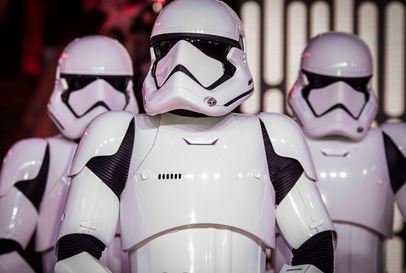Podcast: Play in new window | Download
Subscribe: RSS
Quick! Name three of the best men’s college basketball players in the nation this year.

That’s what I thought, because I wasn’t able to name any particular trio, either.
Answer: 7’4” center Zach Edey (Purdue) received 57 of the 62 top votes for the Associated Press Men’s Player of the Year. Tennessee’s Dalton Knecht finished a distant second with three votes and Jamal Shead (University of Houston) picked up the other two.
That’s it. Just three men’s basketball players out of thousands of talented college athletes received a vote for the Player of the Year.
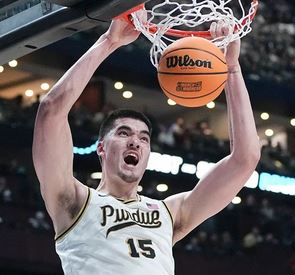
Last week, Purdue’s very tall center Zach Edey became the first men’s hoopster in more than 41 years to win the top individual award in back-to-back years. Another giant (7’4” Ralph Sampson of Virginia) won this title three times in a row ending in 1983.
Iowa’s high-scoring Caitlyn Clark picked up all but one vote to take the women’s top player award from the AP for the second straight year, too. The only other person to receive a vote on the women’s side was Cameron Brink of Stanford.
The Player-of-the-Year voting was based on a player’s regular season performance. The past three weeks of March Madness competition had no bearing on their selection.
Women’s college basketball has been catching fire. But why?
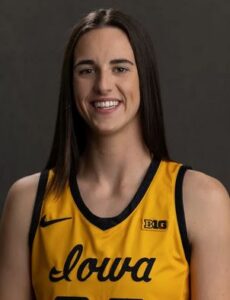
Speaking of Caitlyn Clark, the soon-to-be-leaving Iowa Hawkeye scoring machine has helped to grow the television ratings for women’s college basketball in the past two seasons. For the first time ever, there was nearly parity this season as viewers have begun to gravitate more toward the women’s games on television.
Last Monday’s Elite Eight game featuring the Iowa women’s team playing defending champion LSU brought a then-record 12 million viewers.
Every game at this level will feature great players.
However, this game had Iowa’s Caitlyn Clark – the leading scorer in women’s college basketball – playing against LSU’s 6’3” post player Angel Reese and the team’s fiery coach, Kim Mulkey.
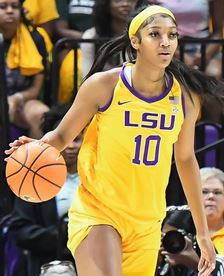
LSU was trying to defend its 2023 national championship title. The Iowa vs. LSU game last week had lots of talent, passion, personalities, and a terrific story line.
The result was a new record television audience for women’s basketball.

Just a few days later, Iowa defeated UConn on Friday night in a Final Four thriller. The match-up once again featured a good storyline and some very familiar names.
Would Caitlyn Clark’s Iowa team be able to make it into a second straight national championship game? To do that, the Hawkeyes would have to down perennial contender UConn with its All-American guard, Paige Bueckers, and the team’s Hall-of-Fame coach, Geno Auriemma.
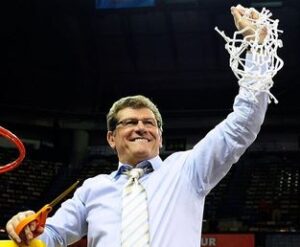
The game featured some well-known basketball players, a familiar coach, and two well-known basketball schools playing in a “win-or-go home” Final Four environment.
Just days after setting a television viewership record, this game shattered the mark set last Monday with an estimated 14.2 million people watching Friday’s second game of a Final Four doubleheader.

That is nearly three times the average Women’s Final Four television viewership from just a few years ago.
On Sunday afternoon, the women’s championship game was played on ABC. It featured a similar high-interest formula to create a buzz for many basketball fans.
There was Iowa’s senior guard Caitlyn Clark trying to lead her team to a national title. South Carolina came into the game undefeated and trying to win its third title in eight years. The Gamecocks brought a deep and talented team lead by a giant center in 6’7” Kamilla Cardoso. Plus, there was South Carolina’s (pardon my pun) sometimes cocky head coach, Dawn Staley, who seems to enjoy being (in pro wrestling terms) a baby face to some or the heel to others.
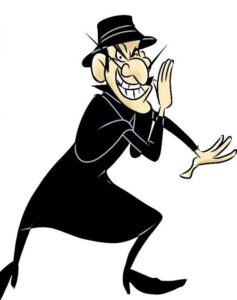
Though the game was tied at halftime, South Carolina pulled away to take the championship with a 87-75 victory and finished an incredible 38-0 perfect season.
Another game, another viewing record established for women’s basketball! An estimated 18.7 million television fans watched the South Carolina vs. Iowa game.
The television audience for men’s college basketball keeps shrinking

On the men’s side of March Madness, the television ratings have been in a slow decline for several years.
The 1978 battle between Larry Bird’s Indiana State Sycamores and Magic Johnson’s Michigan State set the all-time record with more than 35 million viewers. That classic 1983 Final Four game between the University of Houston and underdog NC State pulled 32 million television fans.

The final time which thirty million fans watched a March Madness men’s game was in 1994 when Coach Nolan Richardson’s University of Arkansas team beat the mighty Duke Blue Devils.
Beginning in 1995, twenty million or more television viewers generally became the norm for the Men’s Final Four games.
In the past two years, neither the men’s Final Four semifinals nor the championship game have been able to attract more than 18 million television viewers.
What is causing the erosion of fan interest in men’s college basketball?
For the same reasons why the women have been seeing increases, the men’s tournament has seen a dramatic decrease in multi-year star basketball players playing for the same school (and coaches). That can be blamed on several things:
- The NBA’s “One and done” rule allowing the most talented players to enter the NBA just one year after leaving high school. By the way, that rule was adopted after a guy named LeBron James went directly into the NBA from high school.
- The NCAA’s Transfer Portal allowing players to immediately transfer from one college to another in the following semester.
- The increasing amount of NIL dollars being paid in recent years to players to either start their college career at one university or to later transfer to another – in most cases for more money.

For some of the men, times have never been better.
For long-time fans of men’s college basketball, times have never been worse.

Monday night’s 2024 men’s championship game features a battle of two 7-foot giants playing on a couple of very good teams. Purdue’s Zach Edey is 7’4” and will face a (ahem) big test in UConn’s 7’2” colossus named Donavan Clingan. Though both are very talented centers, the two big men possess the combined on-court charisma of watching Frankenstein go up against Lurch from The Addams Family.
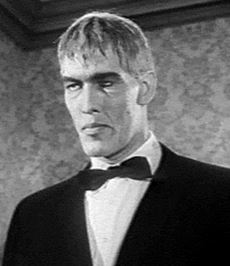
If you have watched the 36-3 UConn Huskies during March Madness, the entire team plays like a well-rehearsed symphonic orchestra and displays very little emotion. Though the team has been quite successful, they play a rather boring style of basketball. Much the same can be said of the 34-4 Purdue Boilermakers.
In addition to the lack of star power in Monday’s men’s finale, the two head coaches (UConn’s Dan Hurley and Matt Painter of Purdue) are relatively bland personalities, too. Without a Coach K of Duke or some other high profile coach to root for (or against) on either team, it makes it harder to get fired-up to watch this UConn vs. Purdue match-up unless you have a personal interest in one of the two teams.

It’s a certainty that the championship game between these two #1 seeds (which is happening for just the tenth time in modern history) will feature many excellent plays made by some superb college basketball players.
For fans at home, it will be a game filled with “Who Dat?” comments as the majority of players on both squads are relatively unknown to the average college basketball fan.
Will the men’s title game on Monday night have more television viewers than the 18.7 million watching the women’s championship game on Sunday afternoon?
The women’s college basketball game is here to stay – at least for now.
As mentioned earlier, the NBA allows men to be drafted into the professional ranks at age 19 (or one full year after high school graduation). By contrast, the WNBA will only allow teams to draft women’s college basketball players who are graduating seniors or those who are turning twenty-two years old during this year.

The WNBA is 50% owned by the NBA. The men’s league has quietly subsidized the money-losing WNBA for many years. Unlike the NBA, the WNBA does not have a developmental league to allow younger players to play regularly and improve. Since the women’s professional league has yet to turn a profit, it doesn’t make economic sense to fund a developmental league (at least at this time).

That’s why women’s college basketball players will likely remain better known to those of us home viewers in the post-season going forward. With four years for college basketball fans and television viewers to become more acquainted with the top women’s players, teams, and their coaches, the chances are high that women’s college basketball is going to maintain or grow in popularity.
Get used to it, guys!

